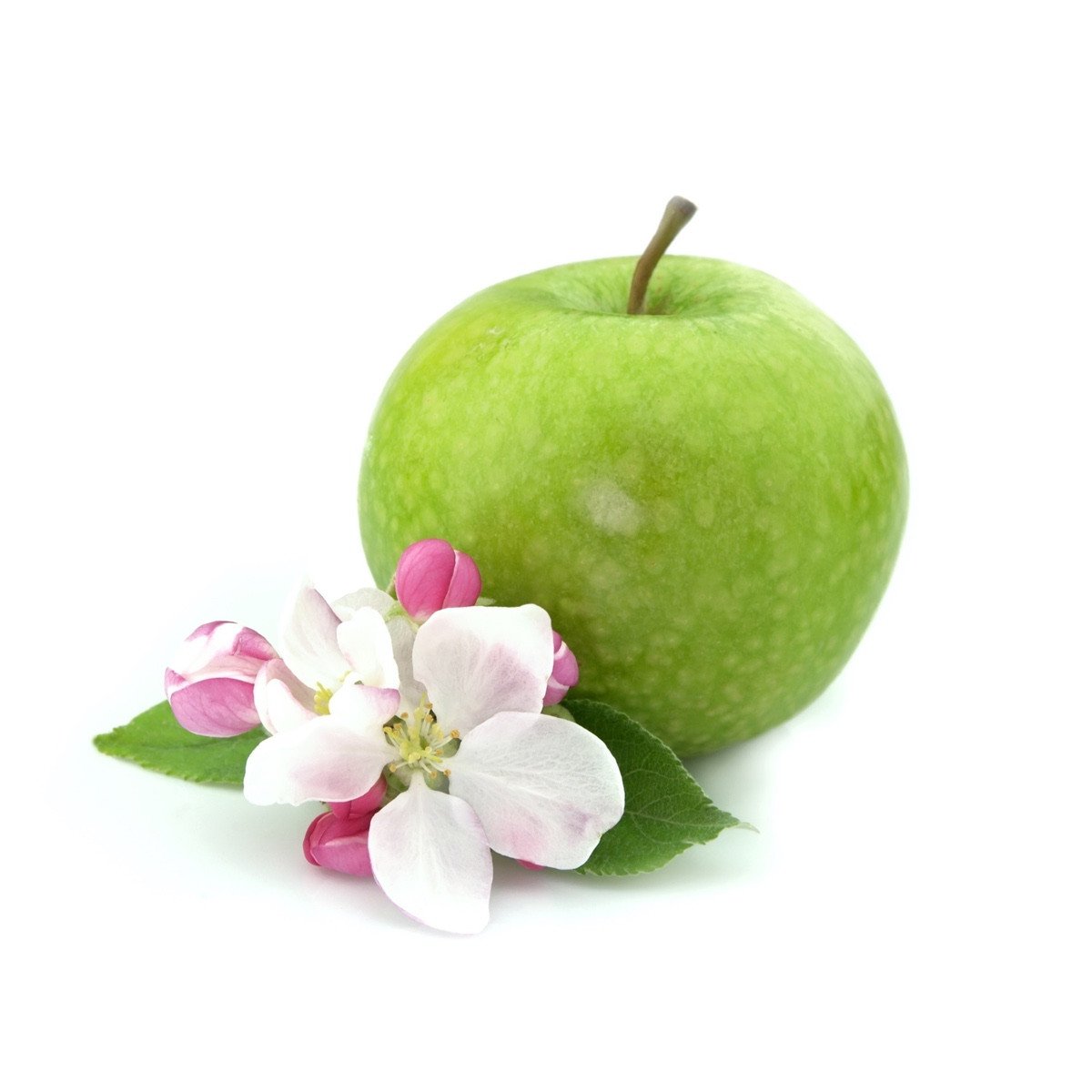Apple

Apple
Malus domestica
Plant family
Rose family (Rosaceae)
Season Overview
Propagating
Planting
Harvest
Harvest
J
F
M
A
M
J
J
A
S
O
N
D
1ST YEAR
FOLLOWING YEARS
Details
Light requirement
Sunny
Water requirement
Moist
Soil
Medium (loamy)
Nutrient requirement
Medium
Dark germinator
Germination temperature
20 - 25 °C (Degrees Celsius)
Plant distance
400 cm
Row spacing
400 cm
Seeding depth
1 cm
Instructions
Description
The apple belongs to the rose family (Rosaceae) and is one of the most widely grown fruit trees in the world and is classified as a pome fruit. There are a variety of cultivars, most of which, however, are enthusiast varieties and are not grown conventionally. Today's cultivated varieties are largely descended from the wild varieties of dwarf apple (Malus pumila) and wood apple (Malus sylvestris). Apple trees can grow up to 10 m tall. The white flowers form and open in early-late spring depending on climatic conditions. The round to partially flat fruits of the apple come in red, green or even yellow.
Origin:
Asia Minor
Growing tips
Apple blossoms tolerate frost only to -1 ° C, so the location of the apple tree should not be at risk of late frost. Apple trees like deep, humus soil, which is not too cold or wet. Then diseases develop more easily. Regarding varieties, there are some differences in which conditions are best. A second apple tree can be helpful for pollination, since apple trees do not self-pollinate. To plant a rootless apple tree, dig a hole twice the size of the root ball, and place the apple tree in the ground no deeper than before. A compost fertilization is advised when planting. Shake the tree a little so that the soil can spread between the roots. After filling, tamp down the soil well and water well. In addition, shorten the top and side shoots to a maximum of half and tie the tree to a stake. Apple trees should be well fertilized once in March and supplement with infusions in the summer. If the apple tree has a very large fruit crop one year, it should be thinned out a bit, otherwise it may bear sparsely the next year. The crown of the apple tree should remain light, so cut inward growing shoots in winter. To shorten overhanging branches with too many fruits should choose August. Nesting and feeding plants for insects can help to make the harvest more abundant. Apples can be harvested as soon as they have reached their typical color and come off the tree easily. Storage varieties should be harvested slightly earlier. Liming for the winter can provide frost protection and protect against pests. The large, black seeds found in the fruit are suitable for growing. They are available in specialty fruit stores and sometimes in supermarkets. Use sandy, lean soil and bury the seeds to a depth of about 2 cm. Germination occurs at 20-25°C, usually within 3 weeks. However, it can take up to half a year for them to germinate. Pests include codling moth and apple webworm. Diseases also include apple scab. Pick up fallen leaves in the fall and dispose of them in the organic waste garbage can.
Companion Plants
Antagonistic Plants
No antagonistic plants
Diseases
Powdery mildews
Pests
Schildläuse
Caterpillars
Aphids